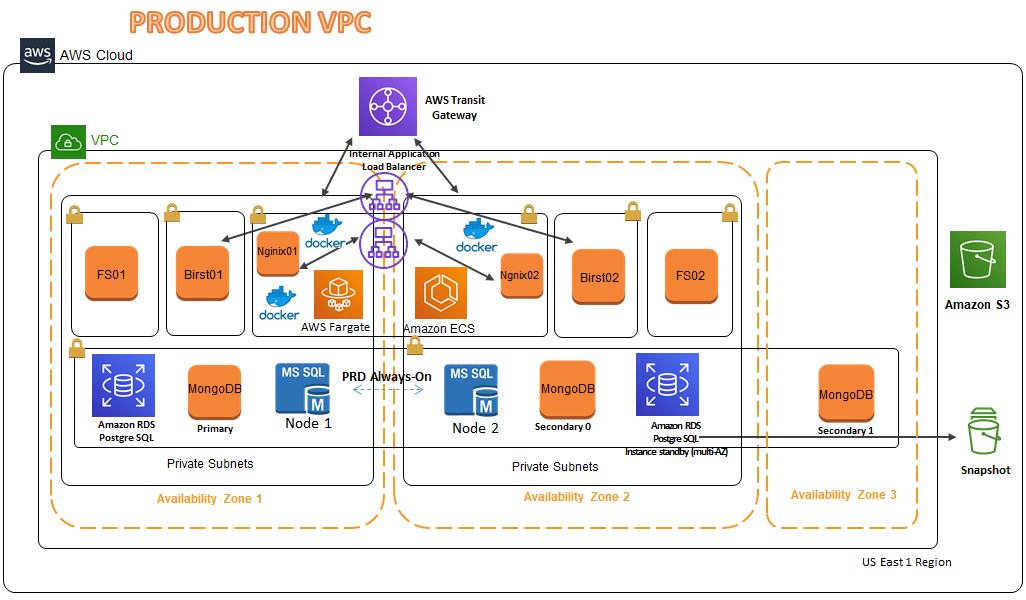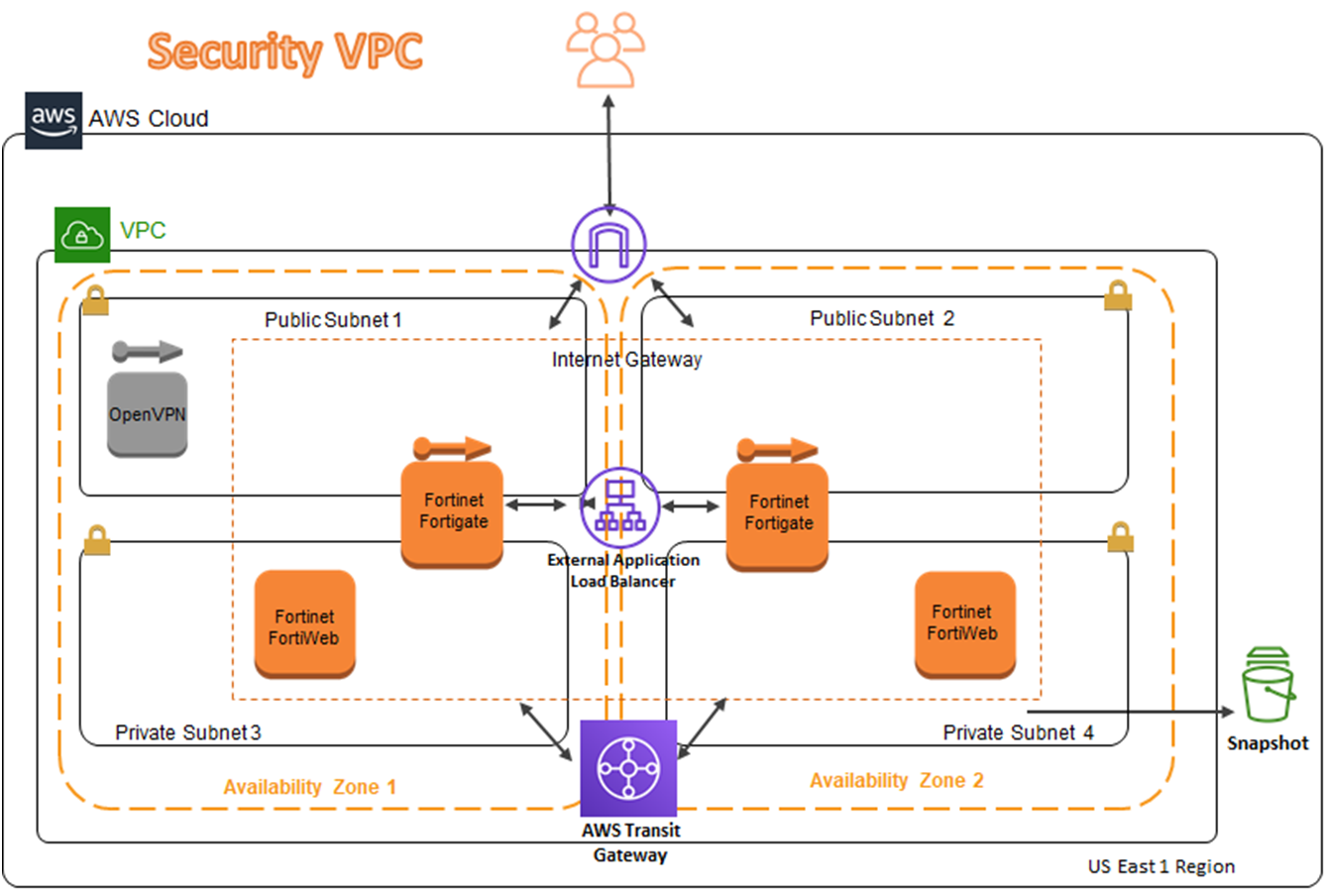AWS Partner Network (APN) Blog
Insurity Provides Next-Generation Predictive Analytics for Insurers on AWS
By Jonathan Victor, CIO at Insurity
By Sudeep John, Principal Partner Solution Architect at AWS
 |
Identifying the potential impact of each risk on profitability and aggregate exposure is critical for insurers. Yet, research shows that establishing robust analytics capabilities in this area is a major pain point; only 14 percent of insurers report they have mature analytics programs that can evaluate such risk.
Insurity is a leading provider of cloud-based software and analytics for insurance carriers, brokers, and managing general agents (MGAs) that enables insurers to confidently leverage data in assessing their risk portfolio through Insurity Analytics.
Founded in 1985, Insurity is an insurance technology leader, working with 15 of the top 25 P&C carriers in the U.S. Additionally, Insurity earned the AWS Financial Services ISV Competency for its ClaimsXPress and Insurity Analytics solutions.
Insurity Analytics provides continuous access to insights on the health of an insurer’s portfolio through data visualization tools and a streamlined, adaptive user experience. It enables insurers to identify trends and patterns, such as high- and low-performing policies, and deliver insights into predicted pricing benefits.
With Insurity Analytics, insurers can confidently allocate resources to correct, improve, and advance risk portfolio performance: For example:
- Insurity’s proprietary data consortium offers granular policy, claims, and billing data from over 60 insurers and more than a dozen external data sources. At $109 billion in premium, it’s the largest data consortium purposely built for predictive analytics in underwriting and claims.
- Insurity offers seamless integration of predictive models into decision workflows, allowing underwriters to reduce time to return a quote by 40 percent, while also improving profitability.
- Insurity’s proven applied analytics methodology ensures predictive models work as intended in production and deliver market-leading return on investment. Proof points include:
- Profitability: Loss ratios are 3.6 – 10.1 points better than the industry average, every year.
- Growth: 3x the industry average, including 42 percent growth in 2019 compared to industry growth of 14 percent. This translates into more than $965 million in premium compared to $328 million, had Insurity’s customers grown at the industry rate.
- Cumulative profit: For 25 customers in a recent ROI study, $400 million of incremental profit was realized over the last five years.
This post will dig into Insurity Analytics’ cloud architecture and how it prioritizes security, redundancy, and resiliency of its end users.
How NIP Group Modernized its Technology and Operations
As a technology-forward company, NIP Group became an Insurity Analytics customer four years ago, leveraging Insurity’s predictive models and predictive insights solution for real-time model performance.
The key driver of NIP Group’s decision to partner with Insurity was the use of data and analytics to power transformation, with a focus on four key areas:
- Premium growth
- Loss ratio improvement
- Increased underwriting profitability
- Modernization of technology and operations
As an MGA, NIP Group is constantly looking to gain a competitive advantage and continue improving its underwriting acumen for current and potential carrier clients. NIP currently employs Insurity Analytics’ predictive models for workers’ compensation, commercial auto, and general liability lines of business, all of which are hosted on AWS.
As Tom Doherty, SVP of Specialty Programs at NIP said, “Technology is always front of mind as we look to automate and streamline decision making and operations. We employ the ‘da Vinci Model’ – combining art and science to power best-in-breed underwriting decisions for our clients. Insurity’s partnership with AWS translates to peace of mind for us, ensuring both our security and dependability needs are met.”
Dashboards on the Insurity Analytics application provide an easy-to-read overview of key metrics based on the predictive analytics used within a business’s workflows.
The interactive dashboards allow users to visualize, explore, and drill into business results, overall portfolio health, and model performance to provide insights that tell users not only where the business is now, but where it’s going.
Figure 1 – Insurity Analytics interactive dashboard.
Insurity Analytics Cloud Architecture Overview
Insurity successfully completed the AWS Well-Architected Review of its Insurity Analytics solution to ensure it complies with the design principles of security, reliability, performance, operational excellence, and cost optimization.
In accordance with the Well-Architected Review, Insurity architected an isolated virtual private cloud (VPC) for the Insurity Analytics’ multi-tenant SaaS production environment that each client interacts with. This is separate from the test environment VPCs that are used to validate workflows and test new system releases.
Security is a top priority for Insurity. All customer data is encrypted both at rest and in-transit. Insurity leverages Amazon Elastic Block Store (EBS) for block-level encryption and uses 256-bit SSL-based encryption to secure external traffic. Insurity has also selected several security technology partners, including Rapid7, DeepWatch, Fortinet, and CrowdStrike, to extend the security footprint provided by AWS within the Insurity Cloud.
Amazon GuardDuty and AWS CloudTrail inject log activity into Insurity’s Splunk-based SIEM, and all user activity is analyzed by Rapid7 to detect any unauthorized system or data access. Rapid7’s scan engine also conducts a scheduled vulnerability assessment across all workloads in the Insurity Cloud.
The diagram in Figure 2 below outlines the redundant nature of the Insurity Cloud. Intra-region redundancy is derived by deploying resources in multiple AWS Availability Zones (AZs) to insulate end users from an issue occurring in any single zone.
Insurity also architected a multi-region redundancy strategy, which provides an additional layer of reliability by replicating workloads to a geographically separate AWS region.
When combined, these strategies enable Insurity to deliver best-in-class service levels, including four nines of availability, sub-four hour Recovery Time Objective (RTO), and a five-minute Recovery Point Objective (RPO).
Figure 2 – Intra-redundancy of Insurity Analytics’ production architecture.
Key Application and Cloud Architecture Components
Insurity employs a three-tier web application architecture for Insurity Analytics with encryption for all external web traffic.
All traffic passes through network appliances from Fortinet, providing secure next-generation firewall and web application firewall capabilities. These controllers are deployed as Amazon Machine Images (AMIs) from AWS Marketplace in two AZs in an active-active mode.
Figure 3 – Insurity Analytics’ security VPC architecture.
Web servers, application servers, and containers are deployed in high availability (HA) mode across two AZs to ensure redundancy in the event of an issue within one zone.
Container management is handled by Amazon Elastic Container Registry (ECR), AWS Fargate, and Amazon Elastic Container Service (Amazon ECS) to deploy and run the containers.
SQL Server is deployed across two AZs in the primary region to enable synchronous replication, and also in a secondary region for asynchronous replication, leveraging SQL Server Always On Availability Groups.
In addition, Amazon RDS for PostgreSQL multi-AZ instances are used to provide highly available service on the backend, with cross-region read replicas providing disaster recovery (DR) capabilities.
Finally, the use of MongoDB’s replica set provides a highly available service in the primary region, with a standby replica server running in the DR region.
A Network File System-based file server is deployed for document storage. This leverages Windows Distributed File System (DFS) to replicate files both between AZs and across regions for DR purposes.
EBS volumes and Amazon Elastic Compute Cloud (Amazon EC2) instances are backed up, encrypted, and stored with a regulatory compliant lifecycle policy, leveraging Amazon Simple Storage Service (Amazon S3) archive functionality.
AppDynamics, Nagios, and Amazon CloudWatch are used for application performance monitoring to provide Insurity’s Cloud Operation team with transparency and deep stack analytics on application usage and performance.
The Power of Highly Resilient Architecture
For disaster recovery, Insurity runs a secondary VPC in a separate geographic region and replicates data between the primary and secondary VPC using AWS.
Insurity delivers an RTO of four hours, and an RPO of five minutes. This is possible because of the solution’s enterprise DR architecture, which leverages a combination of cross-region replication and AMI backups.
Insurity approaches redundancy from both intra-region and cross-region perspectives. Within each AWS region, Insurity deploys applications across multiple AZs to build resiliency and provide protection from infrastructure failures within the primary production VPC.
Insurity has architected Insurity Analytics to the N+1 standard to eliminate any single point of failure within the application stack. This application and cloud architecture enables Insurity to deliver a highly available solution for its commercial insurance customers.
Taking advantage of the above described redundant architecture as validated by the AWS Well-Architected Review process, Insurity Analytics has achieved some of the highest degrees of availability, security, and resiliency with a 99.974 percent uptime in 2020.
Leveraging AWS Partner Solutions for Enhanced Capabilities
Insurity uses several AWS Partner solutions to complement the native capabilities of AWS to assist with management and monitoring.
AWS Partner solutions leveraged for Insurity Analytics include:
- AppDynamics for application performance and end-user experience monitoring.
- Splunk for security information and event management across all of the Amazon GuardDuty and AWS CloudTrail Logs.
- Splunk On-Call for alert consolidation and escalation.
- Rapid7 for vulnerability scanning.
- CrowdStrike for antivirus and endpoint detection and response.
Simplifying Insurance for the Future
Insurity has a mission that is simple in message, yet disruptive in practice: to make technology simplify insurance.
The company supports over 275 clients on the Insurity Cloud across all aspects of the commercial insurance market. Insurity also has the service delivery expertise required to help customers maximize business value from their cloud-based solutions.
Insurity manages the end-to-end user experience on the Insurity Analytics platform, unburdening clients from cumbersome on-premises implementations.
As demonstrated in the NIP Group example shared in this post, leveraging AWS infrastructure and AWS Partner solutions, Insurity has built a highly engaging predictive analytics platform that fulfills insurers’ needs and helps them go above-and-beyond in serving their policyholders.
Insurity – AWS Partner Spotlight
Insurity is an AWS Financial Services ISV Competency Partner that enables insurers to confidently leverage data in assessing their risk portfolio through Insurity Analytics.
Contact Insurity | Partner Overview
*Already worked with Insurity? Rate the Partner
*To review an AWS Partner, you must be a customer that has worked with them directly on a project.



